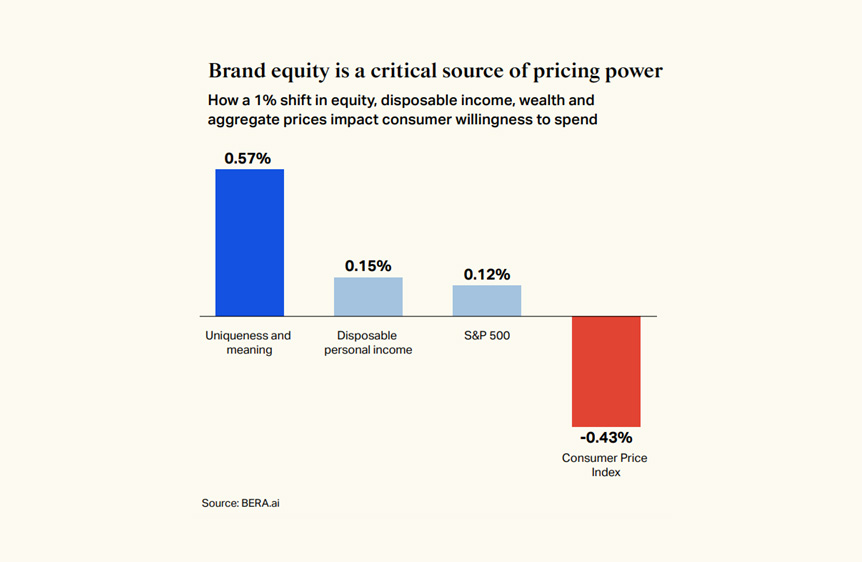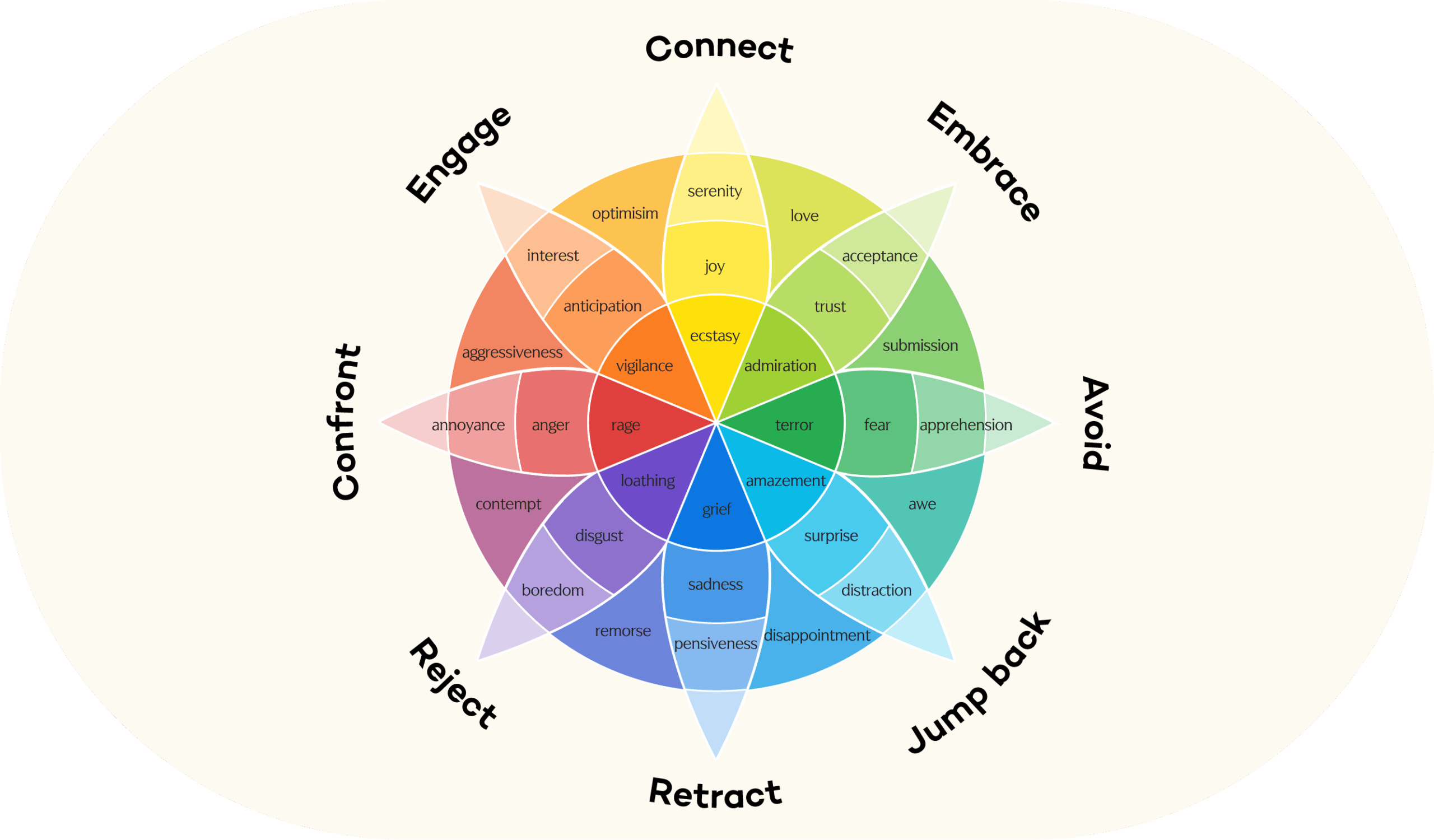We know you’re busy—the world needs to be wrapped up before the Holidays.
So, in this issue, we’ve chewed on the latest opportunities in marketing and turned them into bite-sized insights to help you engage overlooked audiences, break outdated stereotypes, and build brand loyalty through the power of emotions. Whether you’re a strategist or a content creator, you’re sure to find ideas that offer fresh perspectives for your own work.
Let’s pick this up after the New Year. We’ll be back to work right after we’ve survived Christmas!

INSIGHT 1
Sololiving, shared value: Why brands should take notice

Single-person households are growing fast—484 million globally and nearly 1.3 million in Finland alone. Yet many feel overlooked by brands, facing higher costs for housing, groceries, and travel. While 68% of marketers haven’t addressed this segment, those who do can unlock a valuable, untapped opportunity.
What works?
- Acknowledge their needs: Solo consumers value convenience, flexibility, and recognition. Offer smaller product sizes, tailored services, and inclusive pricing that reflect their realities.
- Engage authentically: Living alone doesn’t mean being alone. Brands that foster connection and community—without exploiting loneliness—can resonate deeply.
- Understand their spending power: Solo consumers often spend more on dining, travel, and experiences. Align messaging and offerings to their lifestyle priorities.
The takeaway for marketers
Solo living is here to stay, and brands that recognize and cater to this growing group will stand out. The opportunity is clear: show solo consumers they matter—and win their loyalty. Is your brand ready to meet them where they are?
Read More
WARC: The Marketers Toolkit 2025
STTK: Suomi asuu edelleen yksin – jos taloudelliset edellytykset sitä tukevat
INSIGHT 2
Beyond the stereotype: How brands can connect with modern men

Masculinity isn’t what it used to be—and that’s a good thing. Men today are challenging outdated stereotypes and redefining their roles, from home to work and beyond. But while nuanced, positive portrayals of men can drive growth, many brands are still stuck in the past.
Globally, 67% of men in ads are under 40, and one in ten men feel negatively represented. Brands that rely on outdated assumptions risk alienating younger generations and diverse groups, including LGBTQ+ men. Yet when brands break stereotypes—showing men as caring, authentic, and present—the results speak for themselves. Ads that perform well on the Male Gender Unstereotype Metric deliver:
+21% higher short-term sales likelihood
+37% stronger brand equity
What works?
- Show emotional presence: Men engaging as parents, partners, or simply as themselves resonate deeply.
- Celebrate authenticity: Men being true to who they are—free of societal pressure—are aspirational and relatable.
- Self-care matters: Ads featuring men caring for their emotional or physical wellbeing drive connection.
The takeaway for marketers
Stereotypes limit your audience—and your potential. Inclusive, intentional portrayals of men don’t just boost relatability; they build stronger brands. Is your marketing strategy keeping up?
Read more
INSIGHT 3
Unlocking emotions: How brands can shape decisions and build loyalty

Consumers feel first, think second. Emotions are the driving force behind decisions, shaping how people perceive products, prices, and messaging. Yet many brands overlook this powerful influence. By decoding emotional triggers, companies can predict behavior, influence choices, and create deeper connections with their audiences.
What works?
- Understand emotional depth: Consumers’ needs go beyond function. Tools like Plutchik’s Wheel of Emotions help map the full range of emotions and their behavioral responses, from trust to admiration or even joy, offering clarity on what truly drives loyalty.
- Measure and act: Combine explicit techniques (like word associations) with implicit inputs (like image selection or sentiment analysis) to uncover and measure emotional triggers.
- Link emotions to behavior: Emotions predict responses. A product that evokes trust can justify a higher price, while strong emotional ties—like nostalgia—can turn consumers into loyal advocates.
The takeaway for marketers
When brands acknowledge emotional primacy and design strategies to evoke the right feelings, they don’t just connect—they influence decisions and build loyalty that lasts. Is your brand tapping into what consumers feel first?
